Rappelling down canyon walls transforms ordinary hikers into gravity-defying adventurers, but choosing the wrong location for your first descent can turn excitement into terror. The best beginner canyons offer forgiving terrain, reliable anchor points, and escape routes that won’t leave you stranded halfway down a cliff face. These natural playgrounds provide the perfect training ground for mastering rope techniques while surrounded by some of the most spectacular scenery on Earth.
Smart canyon selection makes the difference between a confidence-building adventure and a white-knuckle ordeal that sends newcomers running back to flat trails. Here is a list of 20 canyons that welcome first-time rappellers with open arms and gentle learning curves.
Bell Canyon

Utah’s Bell Canyon near Salt Lake City serves as the perfect introduction to canyon rappelling without requiring a cross-country expedition. The main rappel drops about 30 feet over a smooth sandstone face, giving beginners just enough height to feel accomplished without inducing panic attacks.
The approach hike takes less than two hours, making it possible to complete the entire adventure in a single morning.
Cascade Falls
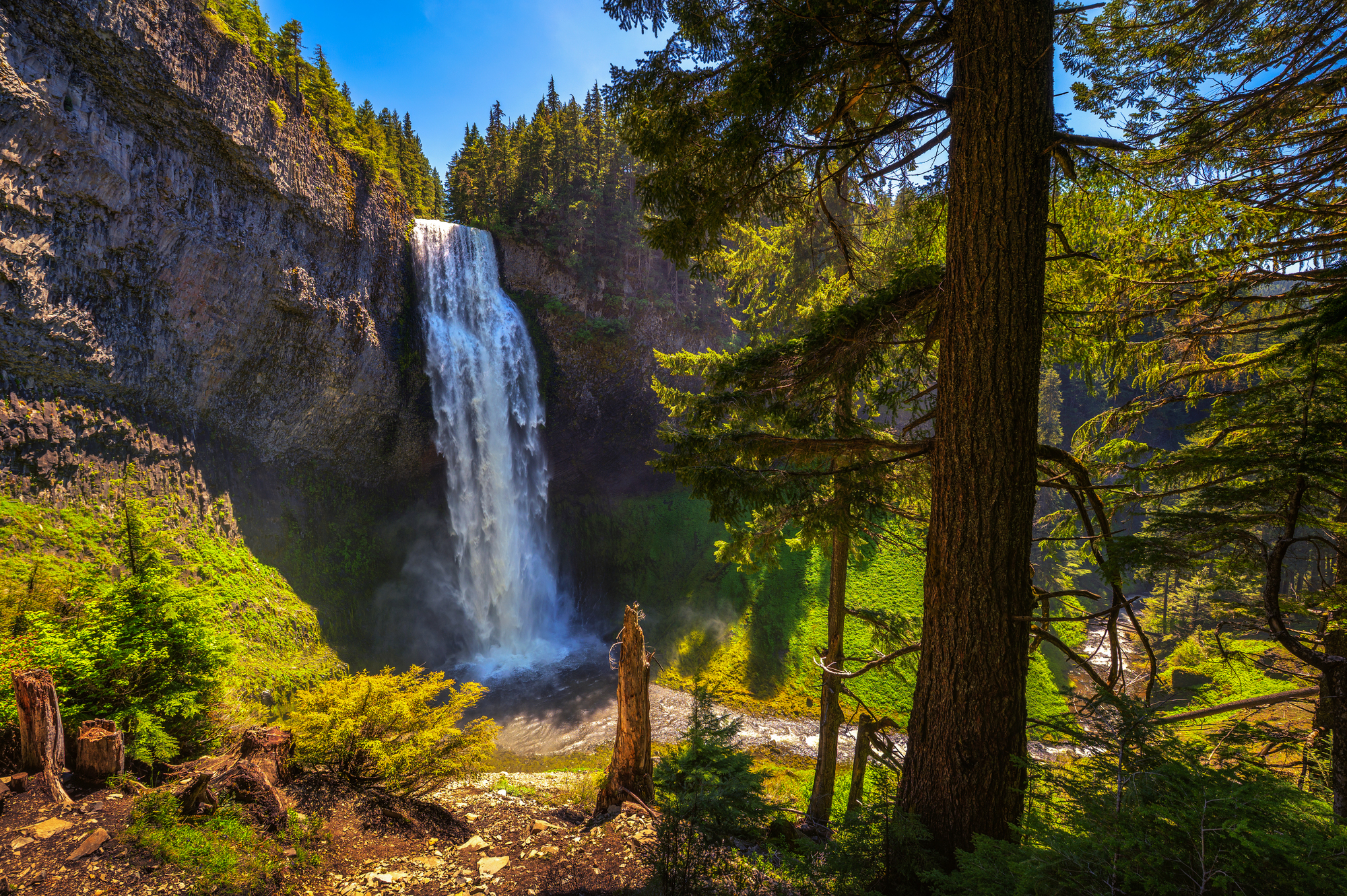
Located in Virginia’s Blue Ridge Mountains, this East Coast gem offers newcomers their first taste of multi-pitch rappelling. The canyon features three distinct rappels ranging from 20 to 40 feet, each one slightly more challenging than the last.
The forgiving granite provides excellent friction for controlled descents, while the surrounding forest creates a much different atmosphere than typical desert canyoneering.
Like Travel Pug’s content? Follow us on MSN.
Pine Creek Canyon
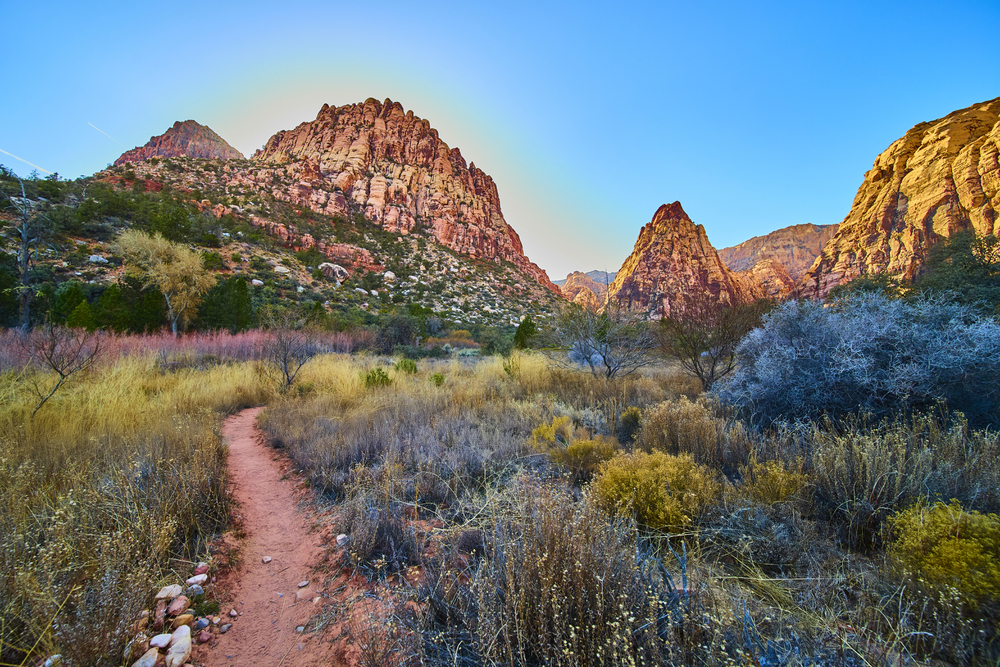
California’s Alabama Hills hide this accessible canyon that feels like a movie set from a classic Western. The single 50-foot rappel drops into a narrow slot that opens up into a beautiful amphitheater surrounded by weathered granite formations.
Clear exit trails and minimal technical challenges make this an ideal spot for guide services and climbing clubs to introduce newcomers to the sport.
Buccaneer Canyon
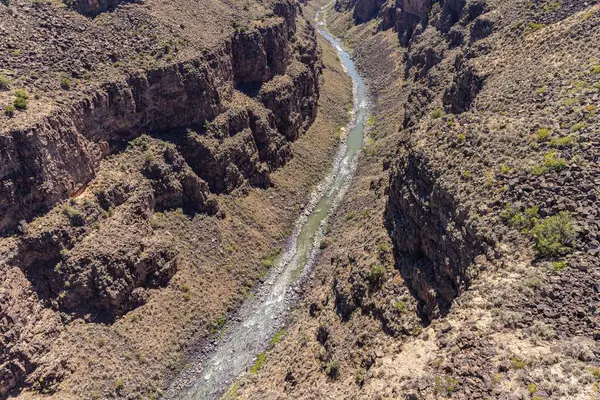
Utah’s Capitol Reef region offers this short but sweet introduction to slickrock rappelling. The canyon requires only basic rope skills and features two moderate rappels that build confidence without overwhelming beginners.
Red sandstone walls and desert varnish create the classic Southwestern canyon experience that draws people to the sport in the first place.
Heaps Canyon
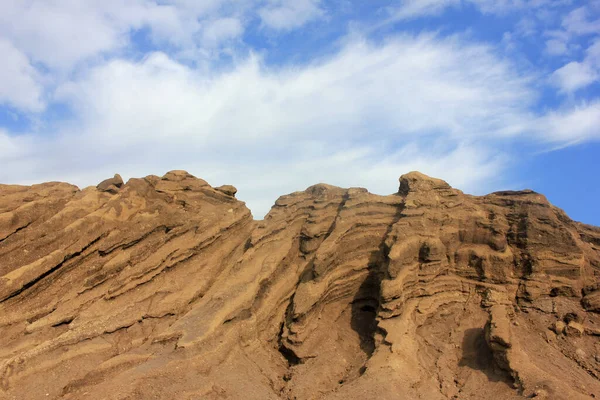
This Nevada treasure near Las Vegas provides desert canyoneering without the extreme commitment required by more famous routes. The canyon includes several short rappels and plenty of opportunities to practice technique on non-essential drops.
The relatively short approach and multiple exit options give nervous beginners the confidence to push their comfort zones.
Like Travel Pug’s content? Follow us on MSN.
Subway Left Fork
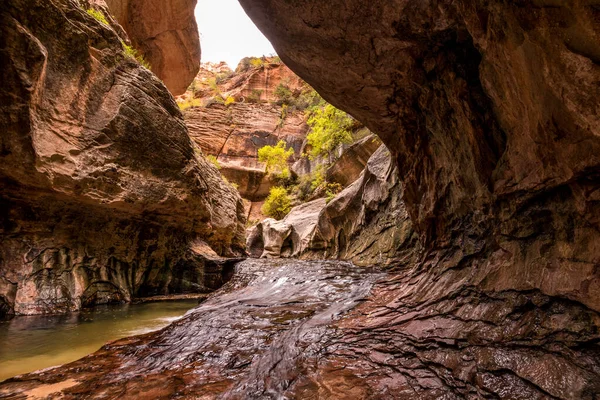
While the famous Subway requires permits and advanced skills, the Left Fork of North Creek in Zion offers similar red rock beauty with much lower stakes. This route includes one straightforward rappel into a gorgeous amphitheater that showcases why people fall in love with canyon country.
The surrounding scenery rivals any postcard, making even simple rope work feel like a grand adventure.
Birch Hollow

Utah’s Birch Hollow combines easy access with stunning Navajo sandstone formations that make every rappel feel significant. The canyon features multiple short drops that allow beginners to practice their technique while building confidence on forgiving terrain.
Wide ledges and multiple anchor options provide safety margins that experienced guides appreciate when working with nervous newcomers.
Fantasy Canyon
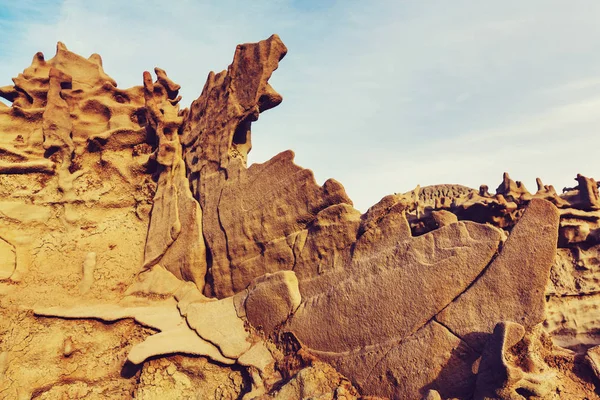
This Utah location, near the Colorado border, offers unique hoodoo formations and several easy rappels that feel more challenging than they actually are. The otherworldly rock formations create an adventure atmosphere that makes beginners feel like they’re exploring an alien landscape.
Short approach times and clear exit strategies keep the focus on learning rather than survival.
Like Travel Pug’s content? Follow us on MSN.
Spry Canyon
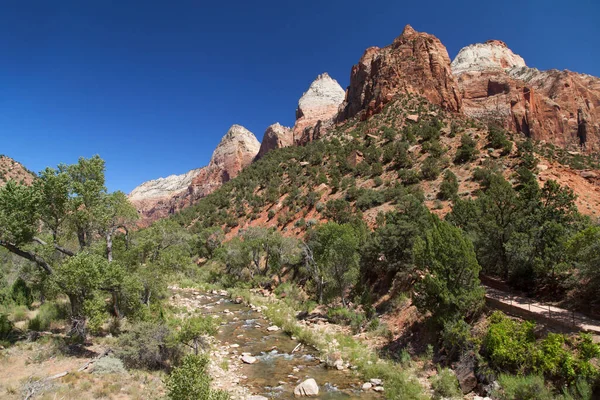
Located near Zion National Park, this beginner-friendly route provides classic red rock canyoneering without the crowds and permits required for park locations. The canyon includes two moderate rappels and plenty of opportunities for skill development in a controlled environment.
Local guide services frequently use this location for introductory courses because of its forgiving nature and spectacular setting.
Grosvenor Arch Canyon

Utah’s Grand Staircase region offers this accessible introduction to desert canyoneering with stunning geological diversity. The route features several short rappels through colorful sandstone layers that showcase millions of years of geological history.
Easy navigation and multiple bail-out options make this an ideal location for self-guided groups taking their first steps into technical canyoneering.
Mill Creek Canyon
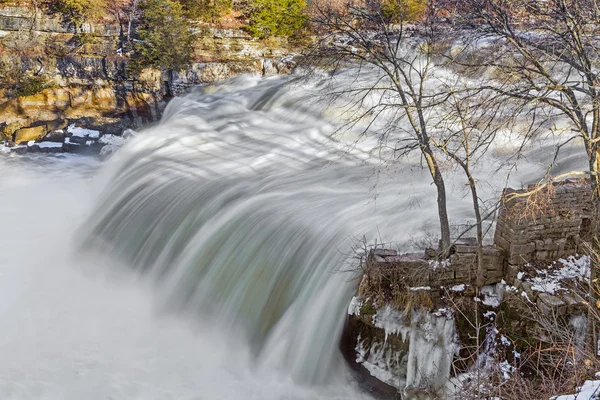
California’s Eastern Sierra provides this granite playground that offers a completely different canyoneering experience from typical desert routes. The canyon includes several water features and short rappels that stay cool even during summer heat waves.
Alpine scenery and solid granite anchors create a mountain canyoneering experience that many beginners find more comfortable than desert adventures.
Like Travel Pug’s content? Follow us on MSN.
Cottonwood Canyon
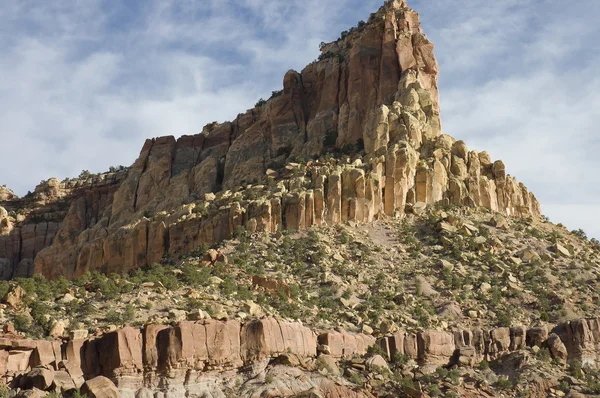
Located in Utah’s Dixie National Forest, this route combines easy access with diverse terrain that keeps beginners engaged throughout the entire adventure. The canyon features multiple short rappels and interesting rock formations that provide natural rest stops and photo opportunities.
Well-established trails and clear landmarks make navigation straightforward for groups learning basic canyon reading skills.
Orderville Canyon
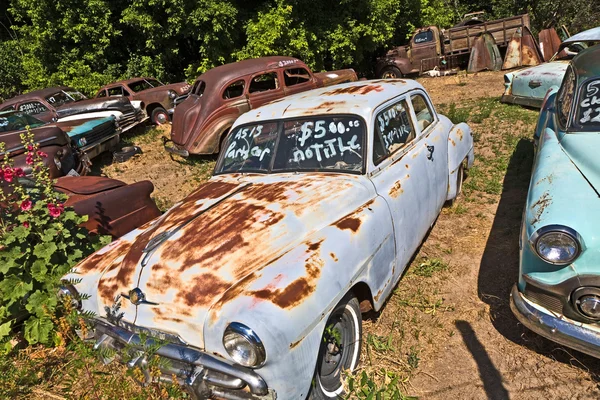
This Zion area route offers beginners a taste of narrow slot canyon adventure without the technical challenges found in more famous locations. The canyon includes one easy rappel and several sections where beginners can practice chimney techniques and basic canyon movement.
The relatively short length and straightforward navigation make this perfect for half-day adventures.
Yankee Doodle Canyon
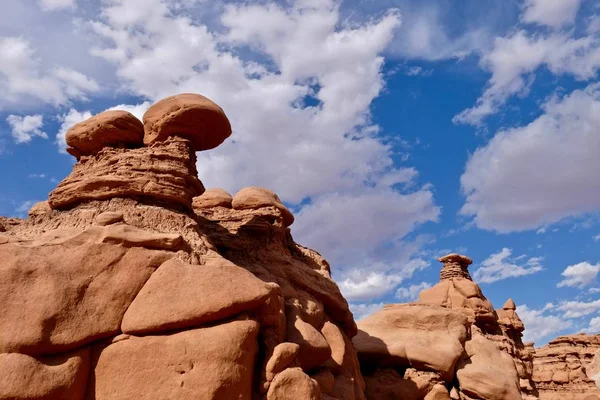
Utah’s San Rafael Swell region offers an accessible introduction to desert canyoneering, with minimal crowds and maximum learning opportunities. The route features two easy rappels and interesting geological formations that keep beginners engaged while they develop their skills.
Wide canyon sections and multiple escape routes provide safety margins that nervous newcomers appreciate.
Like Travel Pug’s content? Follow us on MSN.
Cedar Creek Canyon
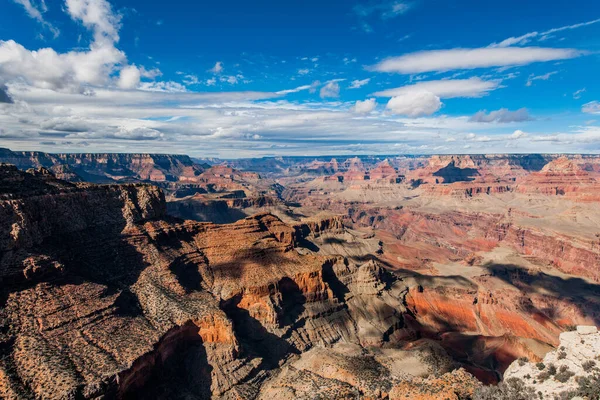
Located in Utah’s Dixie National Forest, this route offers beginners their first taste of technical canyoneering in a controlled environment. The canyon includes several short rappels and natural obstacles that require basic problem-solving skills without creating dangerous situations.
Seasonal water features add interest while maintaining manageable difficulty levels.
Leprechaun Canyon
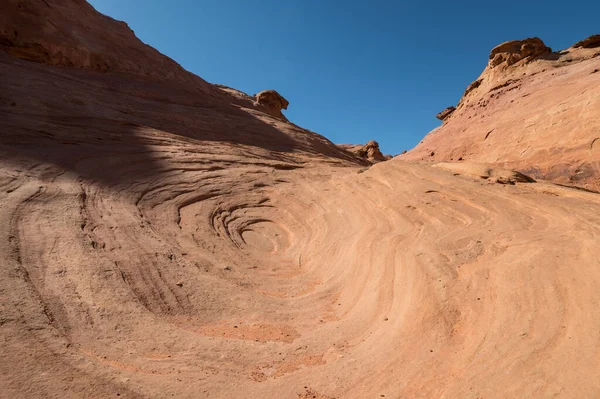
This Utah location near Hanksville provides classic desert canyoneering with beginner-friendly challenges and spectacular scenery. The route features multiple short rappels through colorful sandstone, showcasing the region’s geological diversity.
Clear anchor points and straightforward navigation make this an excellent choice for self-guided groups developing their canyon skills.
Behunin Canyon
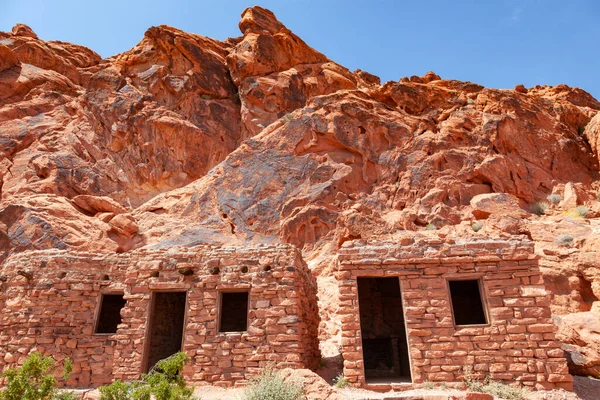
Located near Zion National Park, this route offers a stunning red rock adventure without the permits and crowds associated with park locations. The canyon includes two moderate rappels and interesting geological features that provide natural teaching opportunities.
Wide sections and multiple rest stops allow beginners to take their time while learning proper technique.
Like Travel Pug’s content? Follow us on MSN.
Moonflower Canyon

Utah’s Indian Creek region offers an accessible introduction to desert canyoneering, featuring classic Wingate sandstone formations. The route features one significant rappel and several shorter drops that build confidence while showcasing the area’s incredible geology.
Clear approach trails and reliable anchors make this a favorite among guide services introducing clients to the sport.
Oak Creek Canyon

This Arizona location near Sedona provides red rock canyoneering with easier access and milder challenges than many Southwestern routes. The canyon includes several short rappels through stunning sandstone formations that rival any national park scenery.
Year-round moderate weather and clear exit strategies make this an ideal location for winter canyoneering when higher elevations become inaccessible.
Hidden Canyon
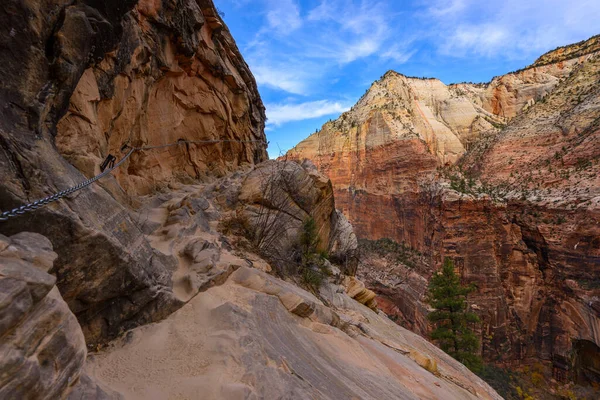
Located in Utah’s Capitol Reef region, this route offers beginners a perfect introduction to slickrock rappelling with minimal commitment and maximum reward. The canyon features two easy rappels and incredible geological diversity that showcases the Colorado Plateau’s natural history.
Short approach times and straightforward navigation allow beginners to focus on developing their rope skills rather than wilderness survival.
Like Travel Pug’s content? Follow us on MSN.
From Ropes to Relationships with Stone
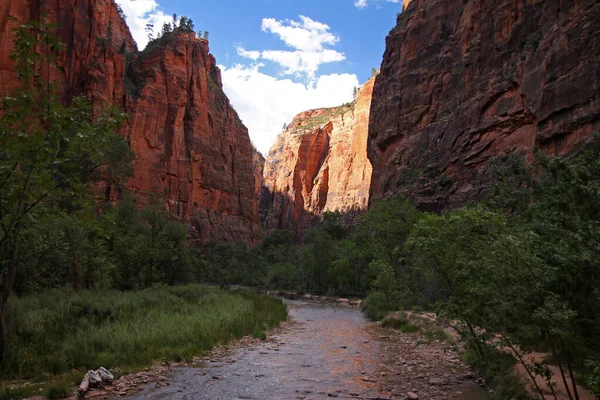
Canyon rappelling has evolved from a specialized mountaineering technique into an accessible adventure sport that opens up some of our planet’s most hidden treasures. These sandstone classrooms and granite training grounds continue the ancient human tradition of learning to work with stone and gravity, turning fear into confidence one controlled descent at a time.
The canyons that welcome nervous beginners today were carved by millions of years of patient water work, creating the perfect marriage of geological time and human adventure time. Each rappel builds not just technical skills but also trust in equipment, technique, and the fundamental reliability of rock under tension, connections that transform cautious hikers into confident adventurers ready to explore the vertical world that surrounds us.
More from Travel Pug

- 20 Best Beach Towns in the Carolinas
- 13 Destinations Where Tourists Regularly Regret Their Trip
- 20 Things You Actually Get in First Class
- 20 Small Airports With Aviation Museums
- 20 Places in the U.S. That Are Perfect for a Reset Trip
Like Travel Pug’s content? Follow us on MSN.
